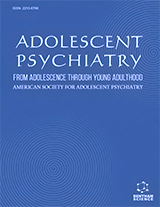Abstract
Type 2 diabetes has been diagnosed based on elevated glycemic levels that are quantified using different laboratory means in random, fasting or post-challenge status. The evolution of the diagnostic criteria for type 2 diabetes can be roughly divided into three different development stages according to the scientific basis upon which the criteria was developed. In 1950s to 1960s the diagnostic cut-off values were set solely on the basis of statistical estimate (mean±2SD). The reports of the bimodal distribution of fasting and 2h post-load glucose concentrations in certain populations and their relationships with retinopathy provided clinical evidence for making the diagnostic criteria for diabetes in 1979. On the basis of findings from studies on prevalence of retinopathy in 1990s the current diagnostic criteria was made based on either glucose or HbA1c levels. Although the definitions were evidence based, classifications of individuals with hyperglycemia based on different glycemic assays and criteria are not completely concordant. In this chapter the important scientific events and the milestones achieved during the evolution of the diagnostic criteria are traced back which may serve as a stimulus for the future research to improve the diagnostic criteria for diabetes.
Keywords: Type 2 diabetes, diagnostic criteria, evolution of the criteria, impaired glucose tolerance, impaired fasting glucose, HbA1c criteria.






















